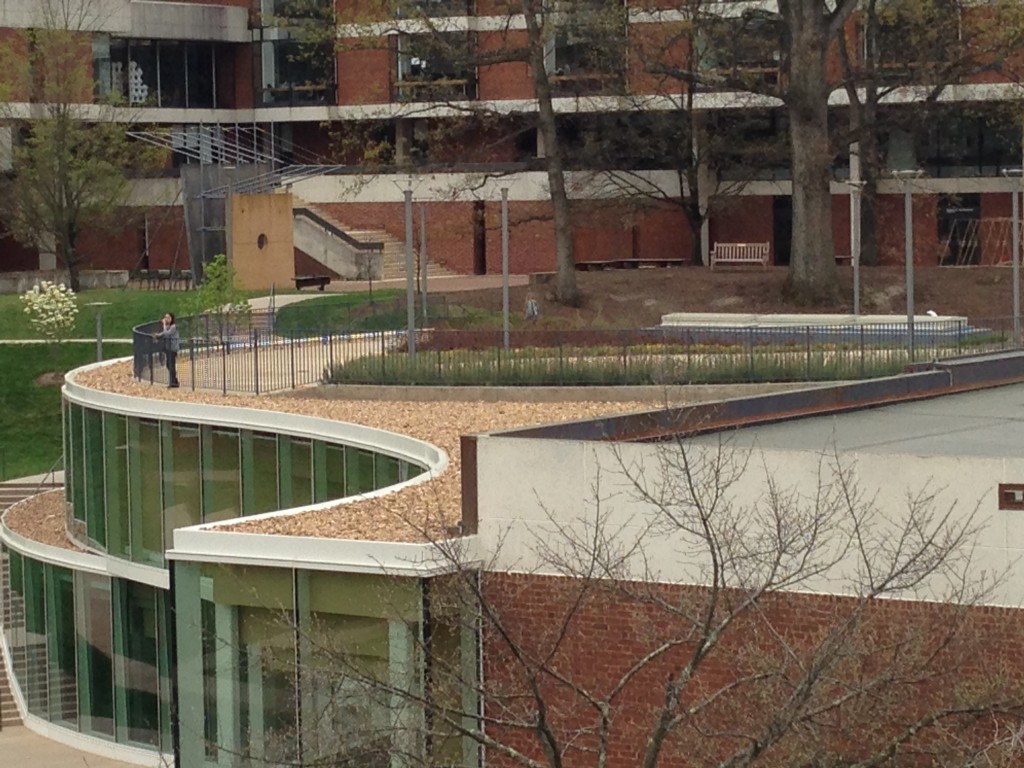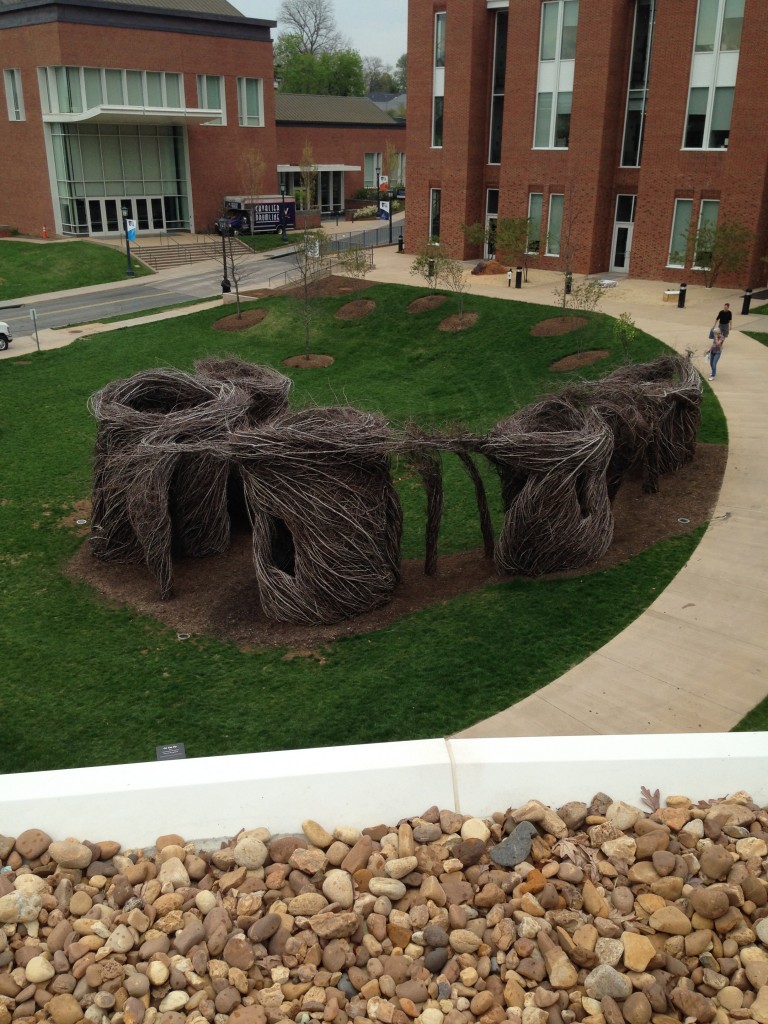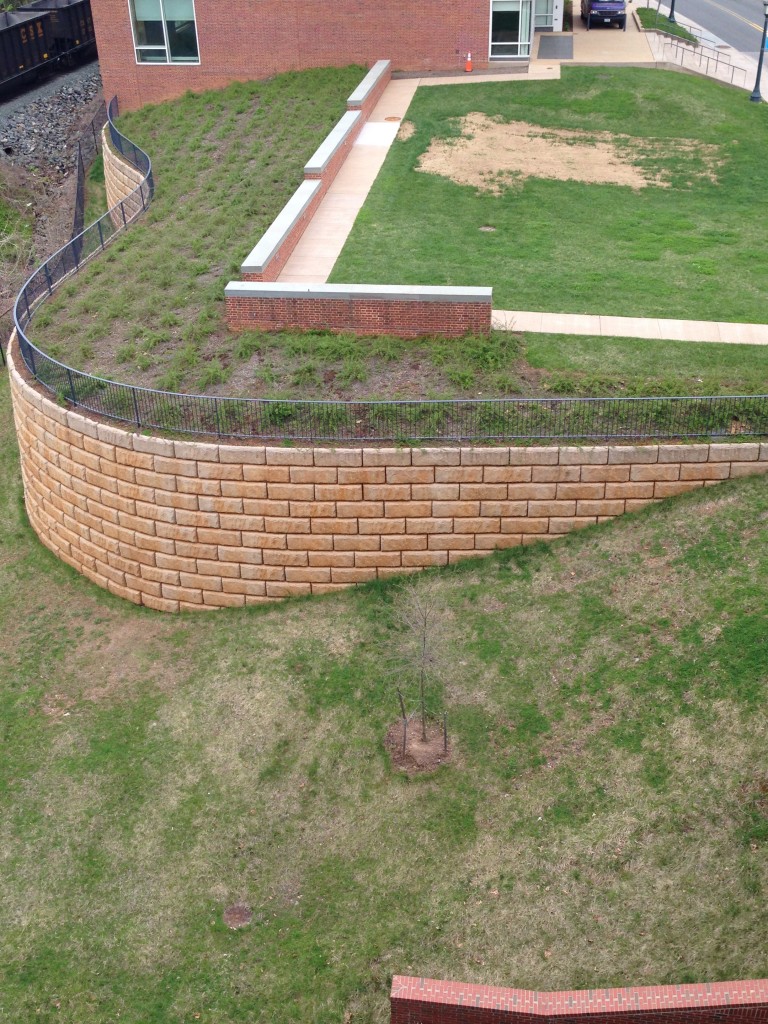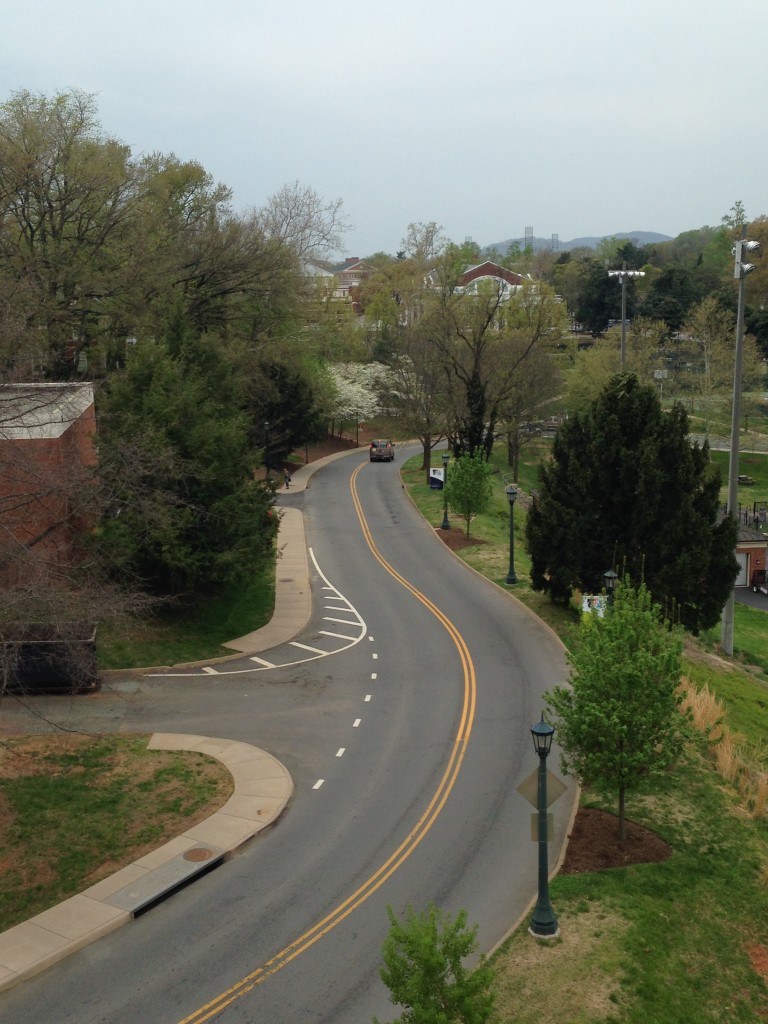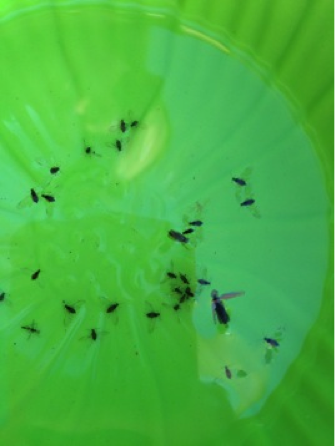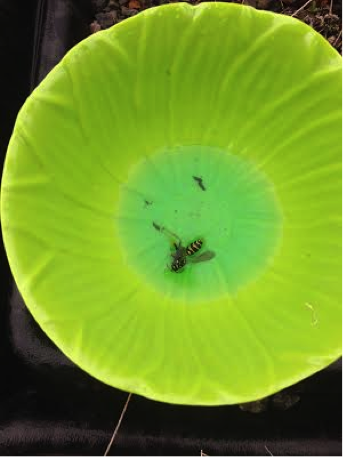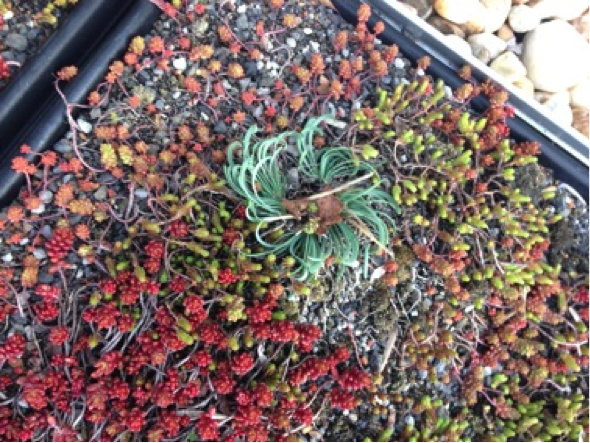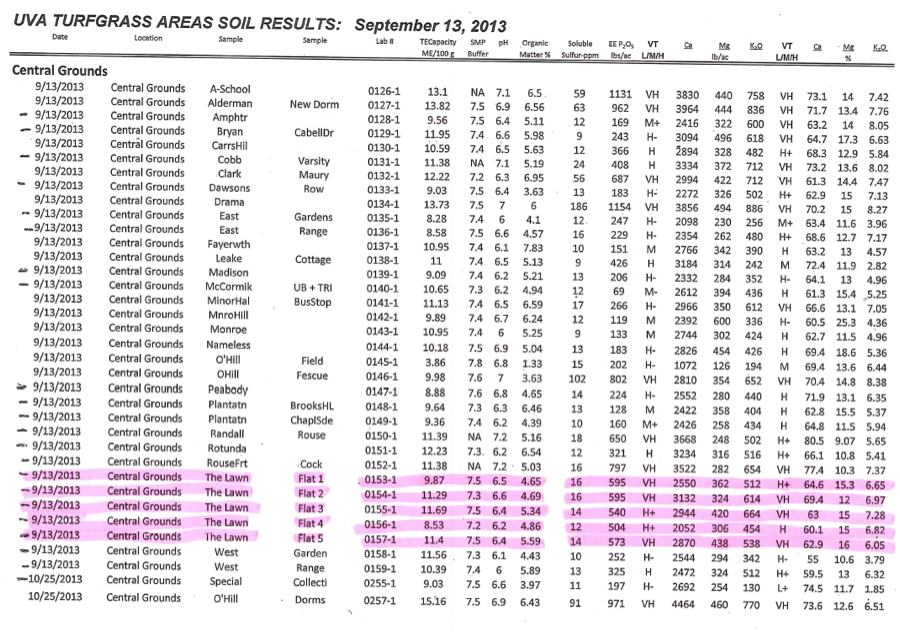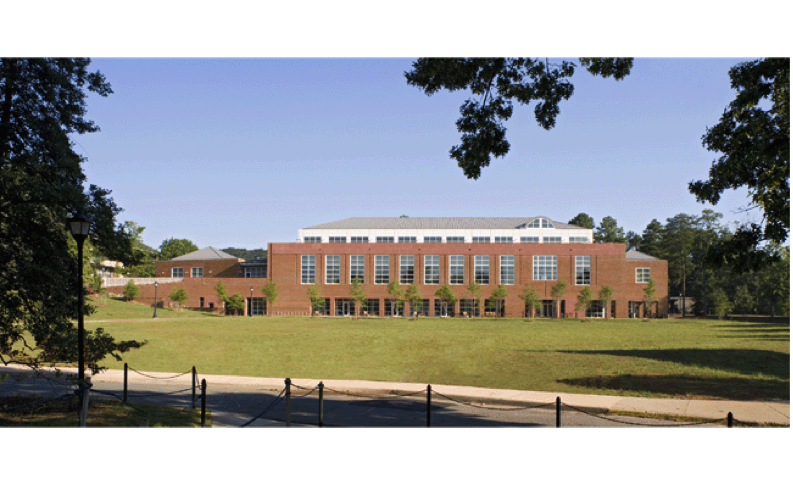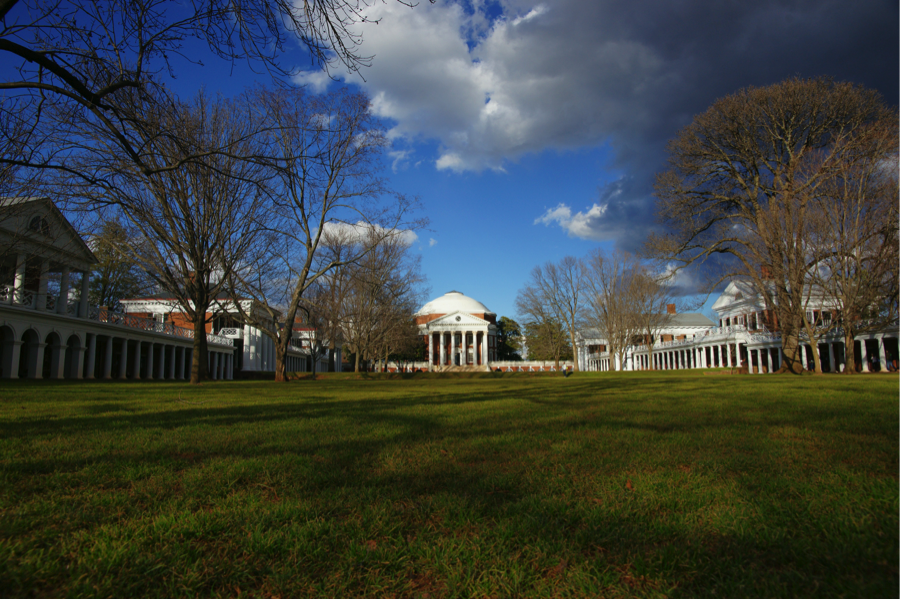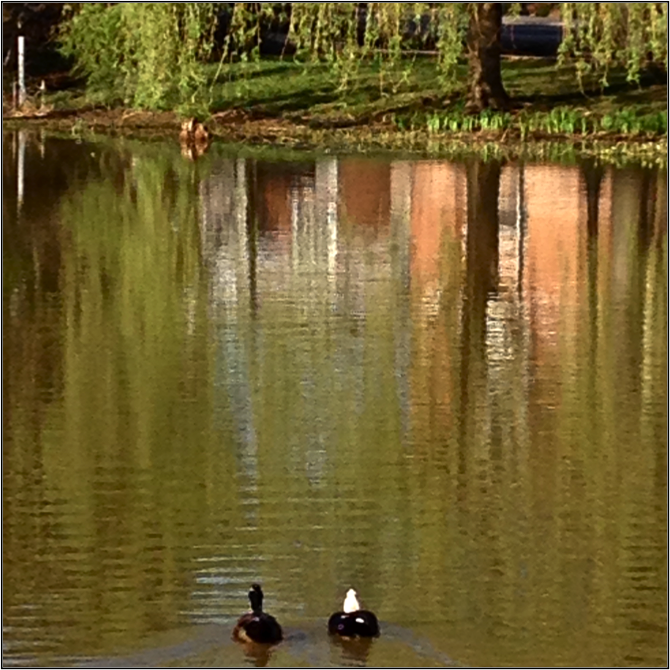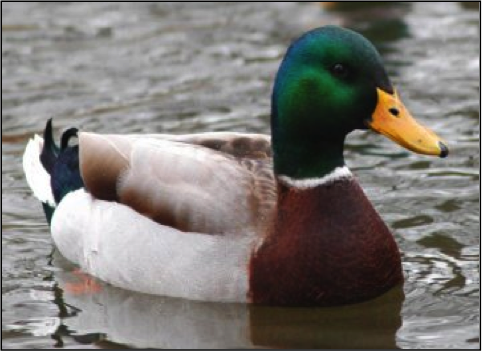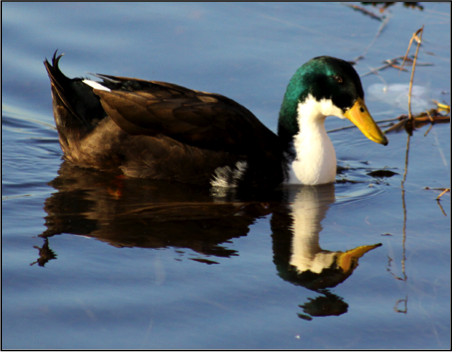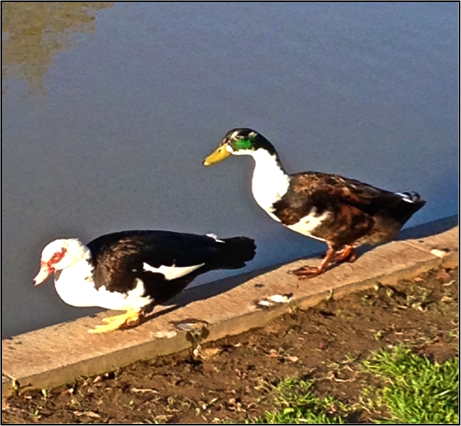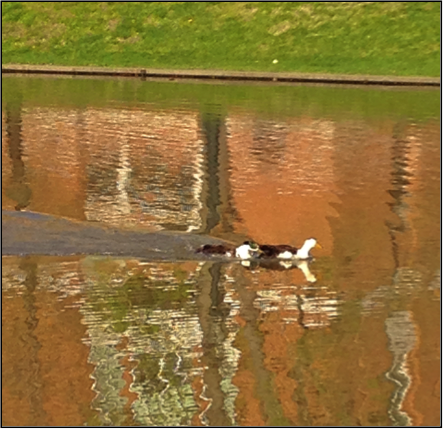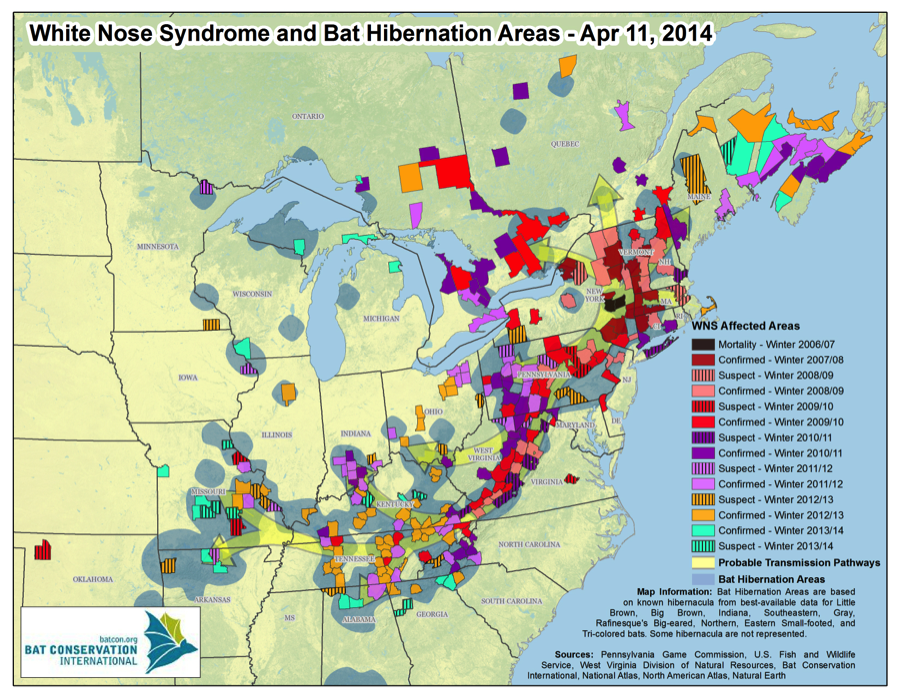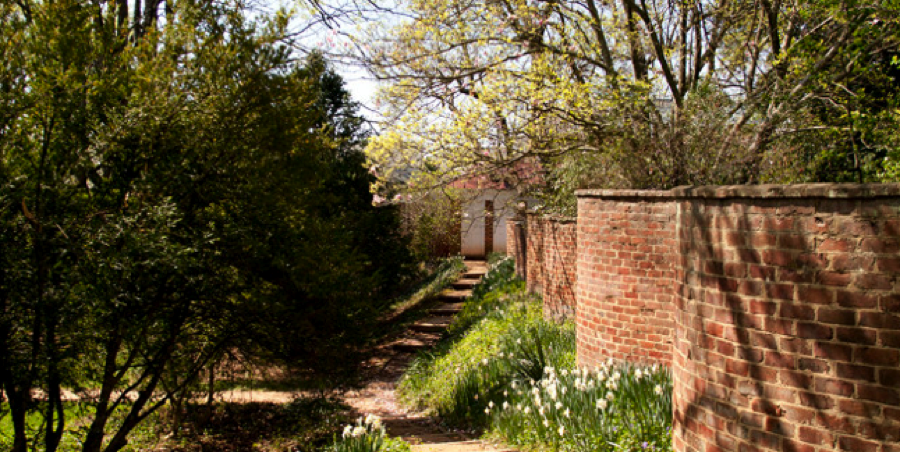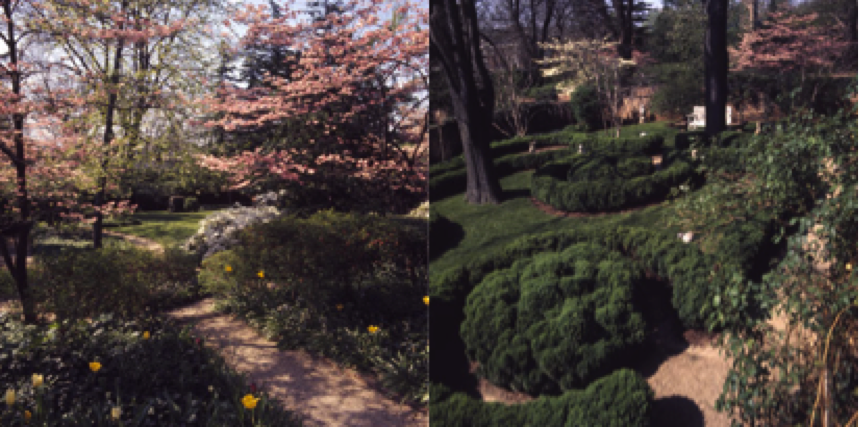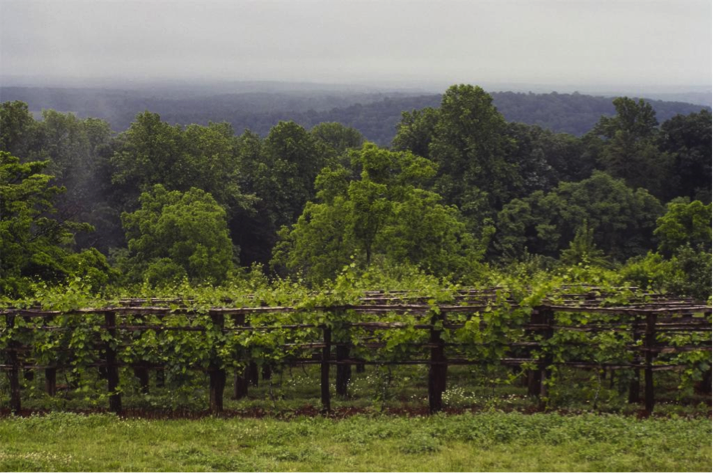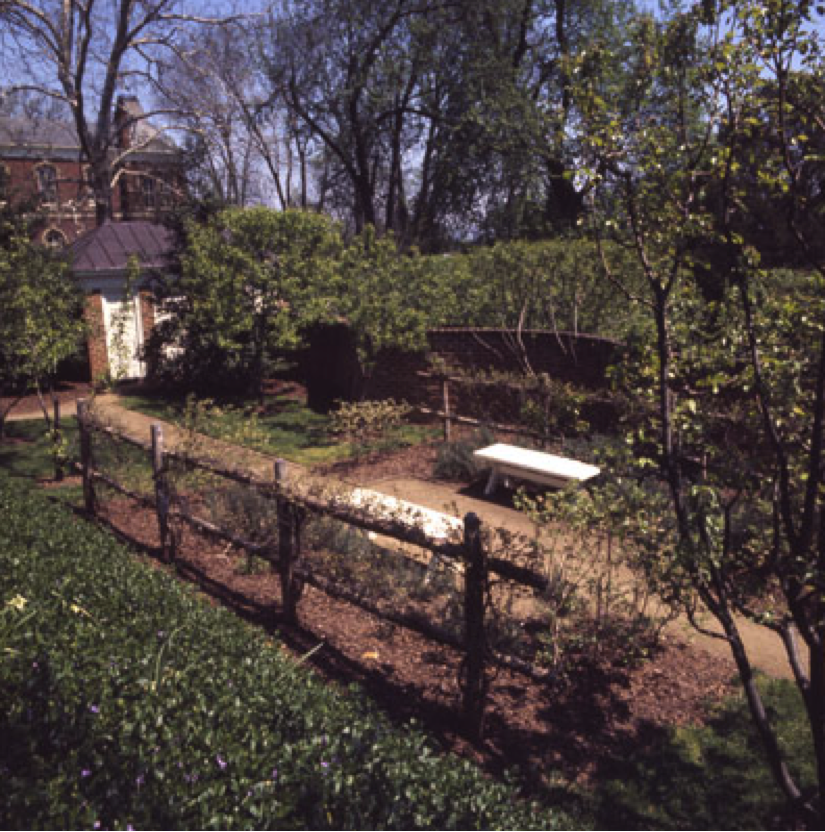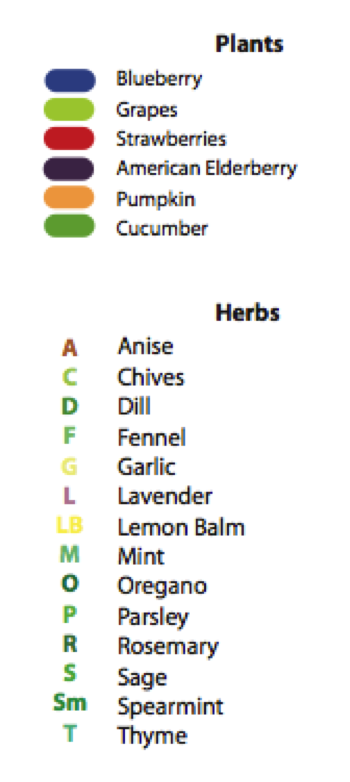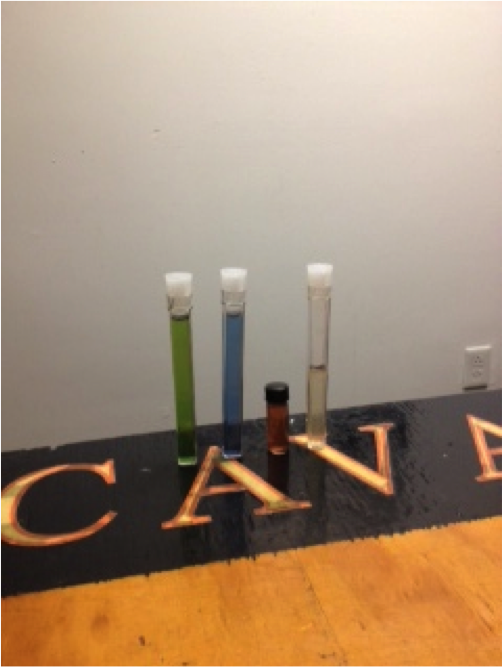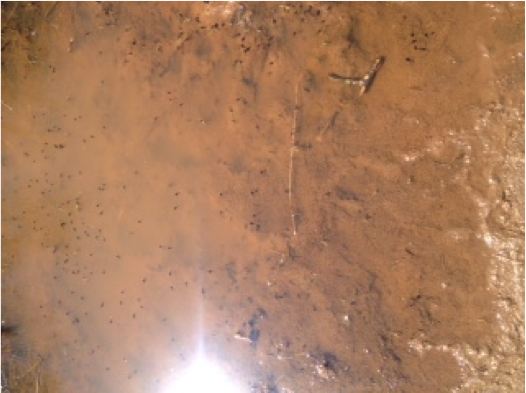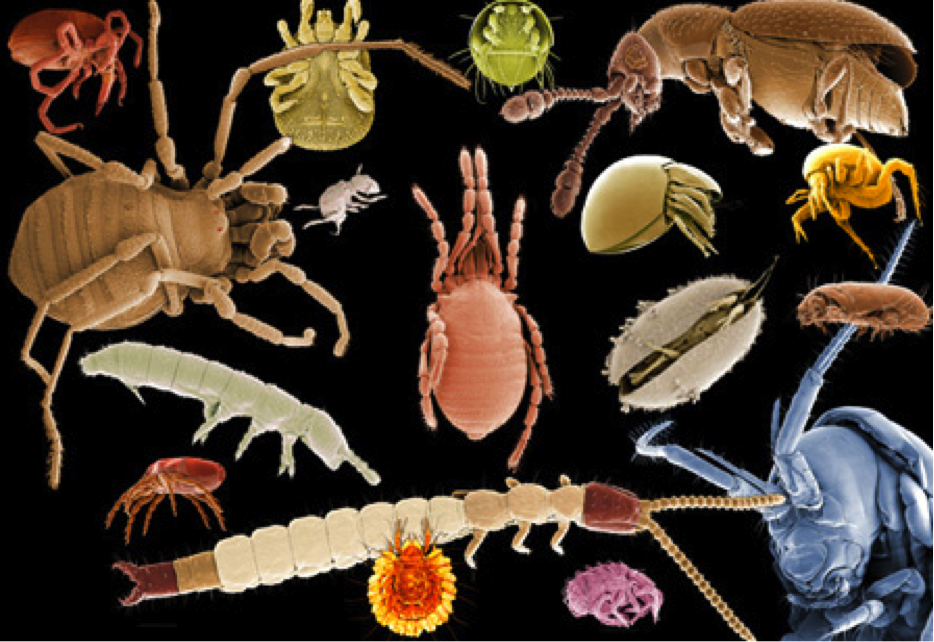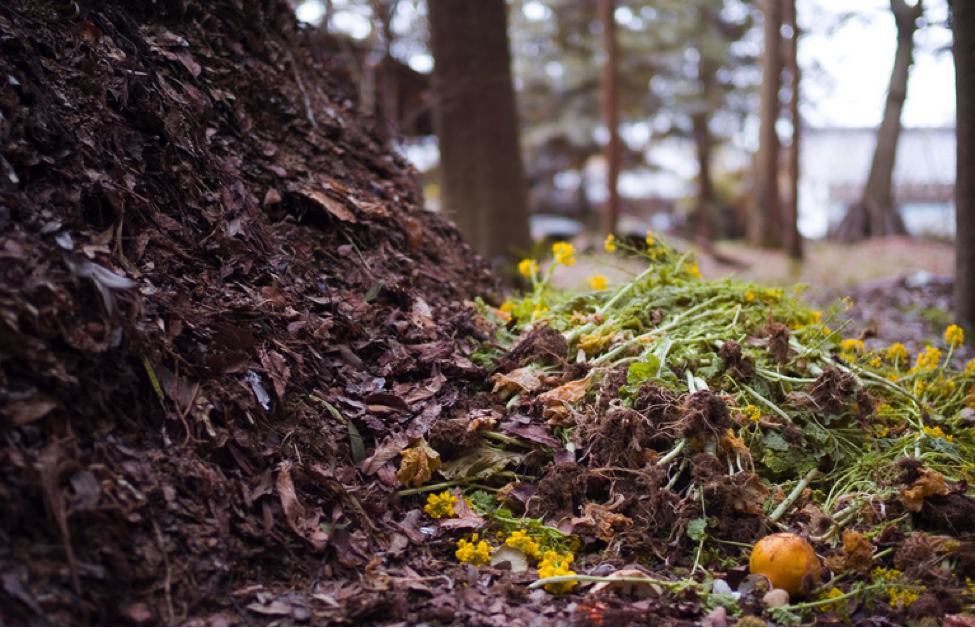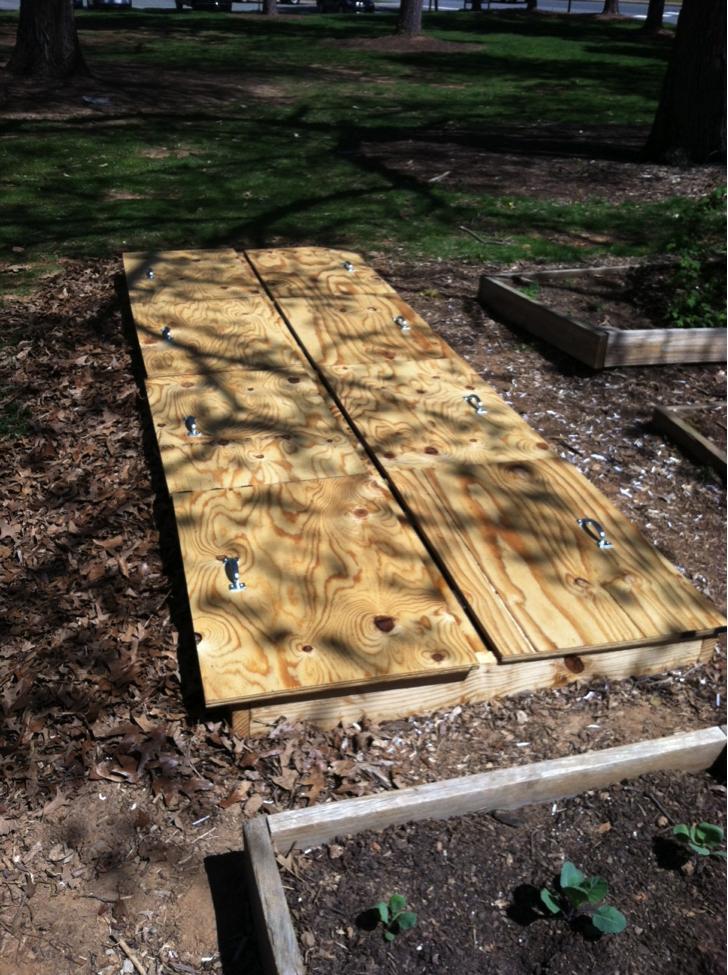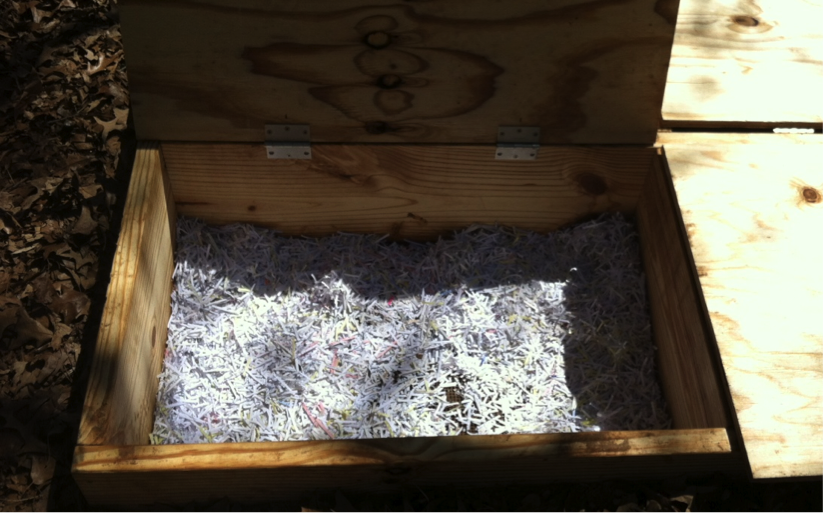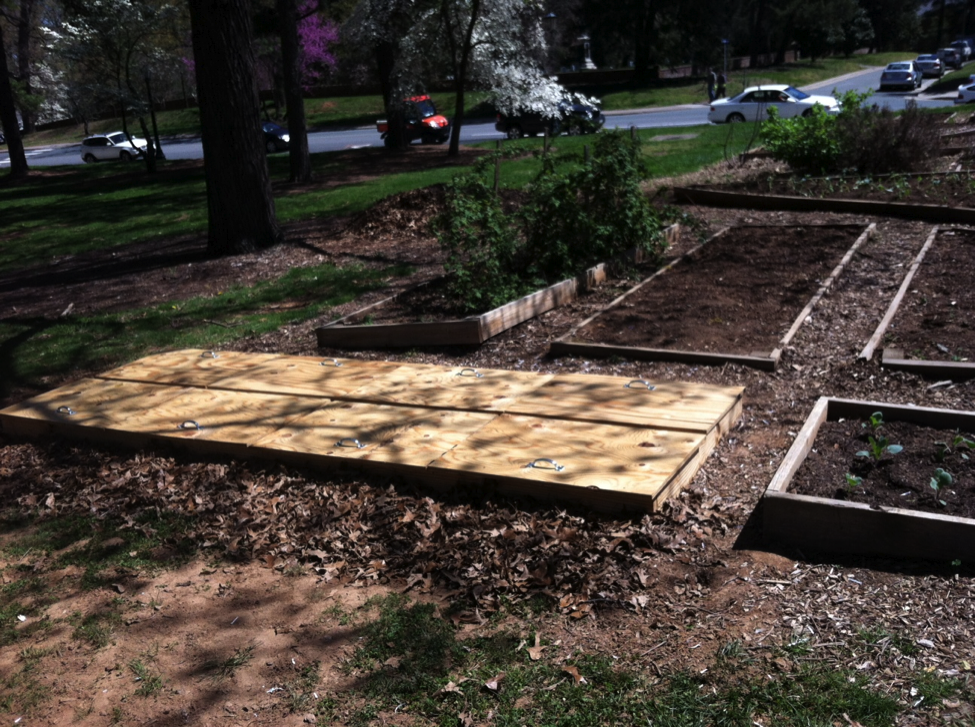Built on a hilly area and surrounding the architecture school at the University of Virginia, it comes as now surprise that the Culbreth Road area of Charlottesville contains a number of great instances of nature views in such a condensed space. Every detail of the area has clearly been thought out, and the spaces themselves cooperate seamlessly with the natural landscape around them.
Image 1 is of the fairly recent performing arts building added to the area. The shape of the building, with its layers and wavy nature are a testament to the hilly terrain that it occupies. The curves of the structure fit seamlessly with the serpentine turns of the hill it sits on, blending them together. Additionally the architects made great efforts to incorporate the structure with nature itself, installing a garden on the top of the building.
The second photo depicts the view from the top of the performing arts building discussed earlier. It provides a view of the grassy area directly below, and, in particular, the work of natural art that is the centerpiece of the architecture school. This work is a site to see from any angle, but viewing it from above really gives a good perspective as to how the wooden forms are arranged. The view also allows an onlooker to really appreciate the scale of the project. This view stands out because it allows an observer to see almost the entire architecture school, with a 360 degree position that is essentially unmatched in height by anything other than the buildings of the architecture school itself close by.
Image 3 is of the band building just across the street from the architecture school. The bend in the grass surrounded by bricks represents a way of altering the landscape to accommodate the large band building, while simultaneously maintaining the importance of the natural environment to the area. Viewed from a nearby parking garage, the ferns planted around the edge of the construction are a nice touch, and merge perfectly with the building next to them. This is a great example of industrial build-up occurring without really tarnishing the view of the natural environment around it.
Image 4 is again a view from the top of a parking garage close to the architecture school and shows Culbreth road itself winding through the landscape. Of particular note is the variety of trees dispersed along the road. From this perspective and free of traffic, the road almost looks like a river winding along the hillside. The lack of uniformity of the trees is indicative of something that might be seen in the wild, and provides a refreshing lack of organization that ironically can be difficult to achieve even with architectural planning.
Post by Charles Gillock
